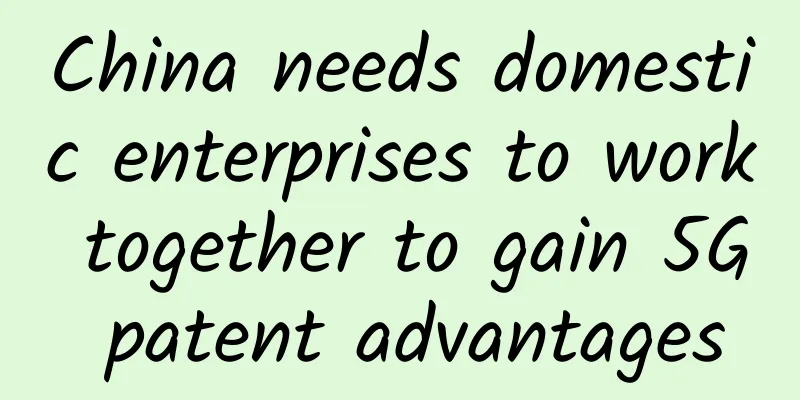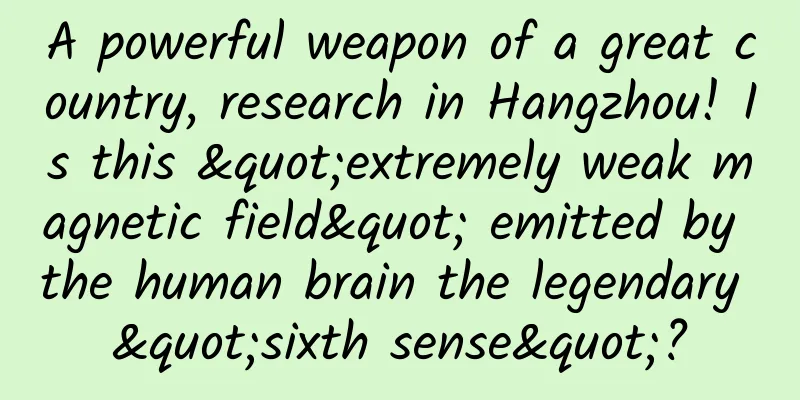China needs domestic enterprises to work together to gain 5G patent advantages

|
At MWC 2017, Huawei and ZTE, two Chinese companies, gave their own interpretations of 5G and talked about their patent advantages in 5G technology. However, in reality, if China wants to gain more patent advantages in the 5G standard, it requires the joint efforts of domestic communications companies. Patents for 5G standards are highly fragmented The core technology of 3G is CDMA, and Qualcomm gained the dominance of 3G standards because it owned the monopoly patent of CDMA. However, after learning from this lesson, when it came to the 4G standard, all parties tried to avoid being constrained by Qualcomm and tried to avoid Qualcomm's patents. In particular, China and Europe worked hard to promote the LTE standard and ultimately won the victory. As 5G has broader development prospects, Europe, China, the United States, South Korea, Japan and other countries all hope to occupy their own position in it, so patents are more dispersed. FOFDM, one of the core technologies of 5G, began to be developed as early as the 1990s, when the two major domestic communication companies ZTE and Huawei had just started to develop, and the main R&D companies were Ericsson, Motorola and other European and American companies. From 2003 to 2005, the research and development of this technology began to enter its first peak, while ZTE and Huawei were competing for the domestic communication market share at that time. Huawei focused on the research and development of WCDMA and in the following years, it blossomed in the overseas market with its R&D advantages in this field. The main developers were Ericsson, Motorola, Samsung, Qualcomm and other companies. Even though Ericsson and Qualcomm started developing FOFDM technology earlier, they failed to gain sufficient patent advantages. Instead, some latecomers such as Israel's MAGNACOM and Japan's Victor COOF JAPAN pioneered some core patent technologies for 5G. MagnaCom developed a new modulation technology, which analysts believe may be one of the core technologies of 5G. Last year, Broadcom acquired it for $50 million, precisely because it saw the prospects of this technology in the 5G standard. Of course, Chinese communication equipment companies such as Huawei and ZTE are also following up quickly and developing 5G technology. The most notable one is that the Polar code promoted by Huawei last year has become the signaling channel coding scheme for the 5G eMBB scenario, which shows that Huawei has gained a lot from its research and development on Polar codes over the years. However, the LDPC code supported by Qualcomm has become the data channel coding scheme for the 5G eMBB scenario. It is far from what everyone imagines that Huawei has dominated the 5G standard. At most, it can only be said that it is on par with Qualcomm. Moreover, these two coding schemes do not belong entirely to Huawei and Qualcomm. Even the first to develop these two sets of codes were not them. It's just that they later invested more research and development efforts in these two codes and have more patents. Chinese companies need to work together to obtain more patents for 5G standards Although all parties around the world hope to achieve a unified 5G standard, there is still a dispute between FD and TD. Europe has established Ericsson as the leader of 5G standards, and Ericsson has also made it clear that it hopes to evolve based on LTE-FDD, and of course hopes to extend more of its patents to the 5G standard. With Europe already having an advantage in FD technology, China must continue to work hard on TD technology if it wants to gain more patent advantages in the 5G standard. Speaking of TD, we have to mention China's Datang Telecom. It is its persistence over the years that has enabled TD technology to develop from 3G TD-SCDMA to 4G TD-LTE. Today's 5G technology introduces more antennas, and the smart antenna technology used by Datang Telecom in 3G and 4G is being valued by all parties. This can be regarded as an unexpected gain for Datang Telecom. As the world's largest telecommunications equipment company and China's strongest mobile phone chip company, Huawei has developed many patents in 5G technology. If China can gain more say in the formulation of 5G standards, it will naturally help Huawei's patents become part of the 5G standard patents, just as the dispute over Polar code is not only about the technical advantages of the code but also about China's increased voice in the formulation of international standards. Even if a standard is approved by an international organization, it still has to be put into use to become a de facto standard, which is inseparable from domestic communication companies such as Huawei and ZTE. After TD-SCDMA became an international standard, the lack of support from communication equipment and Qualcomm's lack of support in the early days led to the slow development of the standard in China. After TD-LTE was commercialized, Huawei, ZTE and other companies provided complete equipment and Qualcomm provided chips, which eventually led to the rapid development of China Mobile's TD-LTE users, and now accounted for about 70% of users in the domestic market. Today, the 5G standard is still in the game, but the United States, China and South Korea are actively promoting the commercial use of 5G, hoping to obtain more patents in commercial practice, and also hoping to make the patents they hold become part of the 5G standard in fact. When talking about de facto standards, we have to talk about China Mobile. In the 2G era, China Mobile chose GSM, which eventually made GSM the most popular 2G standard in the world. China Mobile chose TD-SCDMA, which gave it one-third of the 3G standard in China. It also commercialized TD-LTE, which once made this standard occupy about 40% of the world's 4G users. As China Mobile is the world's largest operator, it has a huge influence on the 5G standard. The 5G system design led by it has become the first technical standard for 5G design, and it is also a basic standard related to the design of the entire 5G system. To sum up, if China wants to obtain more patent rights in the 5G standard, it cannot rely on just one or two companies, but needs the joint efforts of China's entire communications industry. Especially now that 5G patents are highly fragmented and are in the midst of a game between Europe, the United States, China, South Korea and Japan, they should work together rather than emphasizing the patent advantages of a certain company in a certain aspect. As a winner of Toutiao's Qingyun Plan and Baijiahao's Bai+ Plan, the 2019 Baidu Digital Author of the Year, the Baijiahao's Most Popular Author in the Technology Field, the 2019 Sogou Technology and Culture Author, and the 2021 Baijiahao Quarterly Influential Creator, he has won many awards, including the 2013 Sohu Best Industry Media Person, the 2015 China New Media Entrepreneurship Competition Beijing Third Place, the 2015 Guangmang Experience Award, the 2015 China New Media Entrepreneurship Competition Finals Third Place, and the 2018 Baidu Dynamic Annual Powerful Celebrity. |
>>: Tesla's sales in California fall: old cars are not selling well on the eve of launching new cars
Recommend
IDC: Global smart camera market shipments to reach 137 million units in 2024, up 7.7% year-on-year
According to recent news, according to data relea...
As a foodie, food allergies are really annoying.
One very ordinary evening, after dinner, Tadpole ...
Is it possible for Netflix, which became famous due to "House of Cards", to enter China?
Chinese video websites like to call themselves th...
This spring "epidemic" is torturing countless Chinese people! The "real culprit" is actually...
When spring comes and flowers bloom, it is the da...
What are some common marketing plans for Internet celebrity stores?
Nowadays, most people hear about and come into co...
How can a product achieve viral popularity?
Internet screen-sweeping phenomena emerge in an e...
Tik Tok new media’s replicable content methodology!
On Tik Tok, only entertainment is the popular con...
What is the magic of "Pi La Hong" with over 10,000 likes? Clean and fat-reducing! I really recommend you to eat more...
Recently, a cold dish on a social platform has be...
Everything you want to know about event planning and operation is here
As an operator , event planning and event operati...
Build a product retention analysis system from 0 to 1
In the capital winter, everyone is talking about ...
If you always have cold legs and feet, be careful that your blood vessels are blocked! Here is a method to teach you how to identify blood clots!
In winter, your feet feel like ice cubes. Many pe...
Adding this to water can help fight cancer, resist oxidation, and enhance immunity? The truth is...
It is hard to imagine that such tempting keywords...
Have you encountered these pitfalls of being cheated by mini programs?
I heard from someone that if you have experience ...
Attention! The sudden "improvement" of these 9 diseases may not be a good thing, but may also mean that the condition is more serious!
Many people would be very happy if a disease that...
How much RMB is equivalent to 1 US dollar? Real-time quotes of USD/RMB exchange rate today, July 23, 2020
How much RMB is equivalent to 1 US dollar? Today&...









